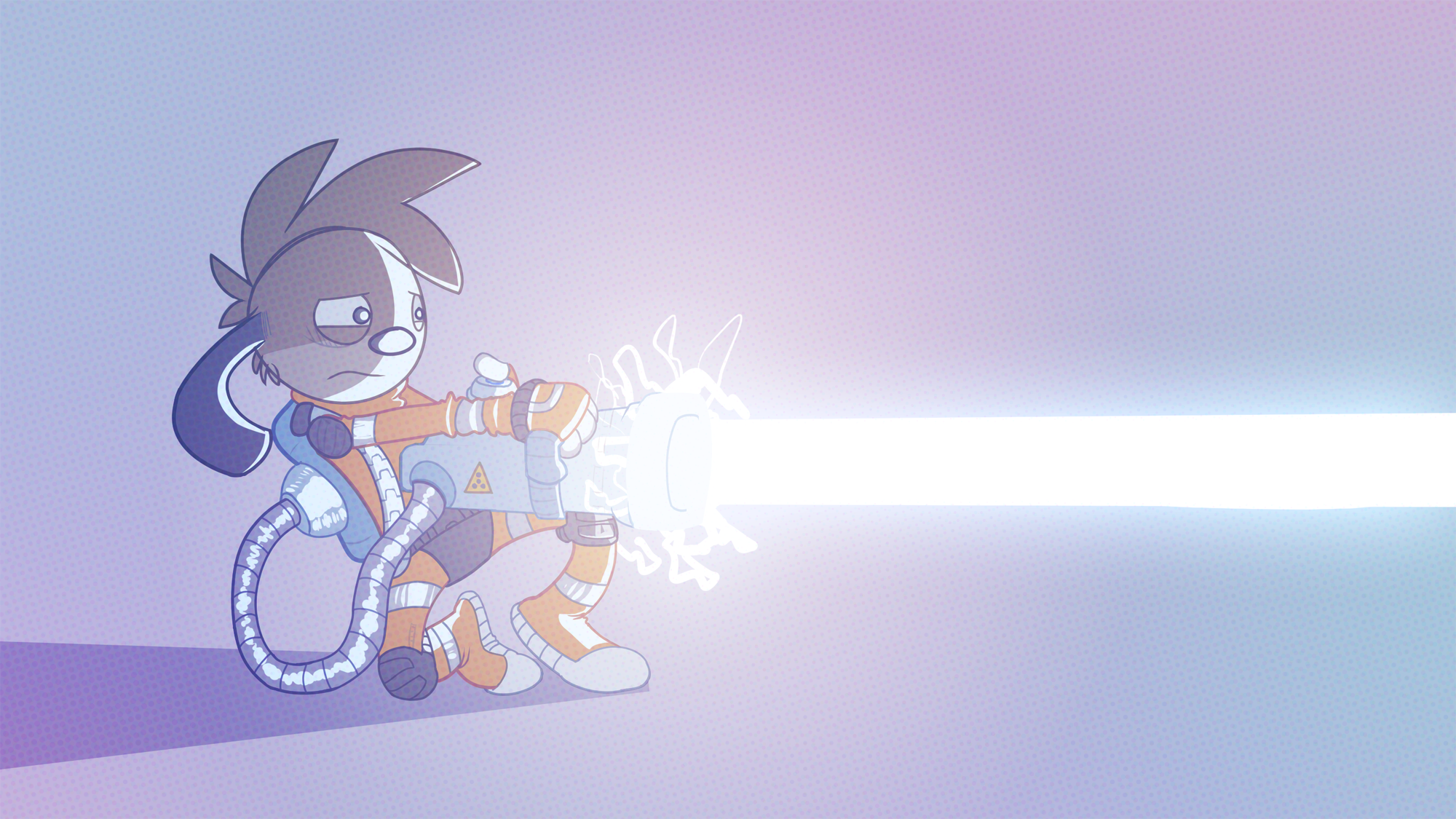“Uh, hold still, sir; fighting it just makes it hurt.”
Whether or not you can truly “buy time” is a matter for the companies who fight a PR battle of attrition over which corporate-sponsored calendar is the one everybody should be using to keep track of the date. But on a day-to-day basis–again, assuming that there can be some kind of contingent consensus on what even counts as a “day”–the one thing that everyone can agree on is that there is just not enough time.
Nothing new there of course. People have been trying to cram two hours work into one hour for centuries–though again, with “centuries” being a term owned wholly by a company currently in a hostile takeover limbo, it’s not a term anybody can use in print.
The key point here is that, moment-to-moment, trying to find ways of just slowing things down is not a new concern, especially when you’re dealing with complex, delicate, multi-faceted work that involves a great deal of risk to your clients.
The invention of the Stasis Thrower was a landmark in dealing with these kinds of issues. It’s a “portable” device, based on something of a crude adaptation of an earlier technology whose patent had been ignored by its registrant until it had expired. The original designers of the technology had failed to make it stick in its original purpose as an alternative to expensive cryosleep-based suspended animation system for deep space travel (partly because of the discovery and rapid advent of Salient FTL, and partly because it had a tendency to kill people who were held in its stasis field for more than a few minutes if improperly configured). The patent trolls who acquired the right to adapt the technology were originally planning to use it as an anti-ageing technology, but it turned out to be much more useful when married with some basic context analysis sensors and stuffed into a backpack with a handheld dispersal unit.
With a Stasis Thrower, you can point at a person or thing, and pull them temporarily out of time: out of cause and effect; out of entropy; out of everything. Manipulation of the field with the Thrower allows you to move the person or object around despite this apparent uncoupling from reality, making it a tremendously useful tool for, say, a REZQ recovery operative to put an awkward situation on hold (a wounded client; a Salient Core going critical; an aggressive security system) while he figures out a solution.
Risks of using the Stasis Thrower largely centre around its relatively poor ability to read context: it’s supposed to be able to distinguish a person from their surroundings, but it’s not always successful in doing so, meaning it’s sometimes easy to make holes in things that don’t need holes, or Brundlefly people into fusion with inanimate objects. Improper configuration can also cause bizarre effects such as instantaneous but uneven cell ageing (imagine accidentally giving a 42 year old client a 104 year old left hand). Using without a properly-charged power source can end up with the field dying before the process is complete, phasing the target partially out of time and causing them to experience what they subjectively feel is a billion years in what, to the Stasis operator, is just a few seconds.
Like most things Thom does in the line of his work, every use of the Stasis Thrower is a roll of the dice. Every time he uses it, he wonders if it’ll be the time he kills someone–or worse.
